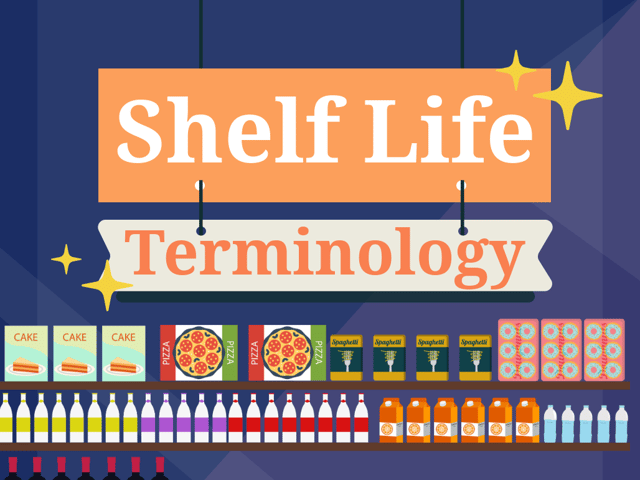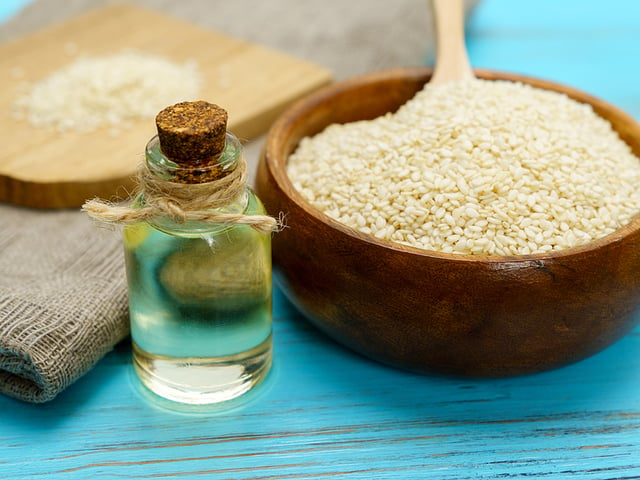
Shelf-Life Terminology, Explained
Americans waste upward of a pound of food per day, per person. This amounts to over 150,000 tons of food daily, with much of it being thrown out due to fear that it may be spoiled or no longer edible. While many individuals are adopting more sustainable lifestyle habits, it should be noted that, with regard to food waste, we can all adopt better practices. Please note, however, that if you are working in a food service capacity, you should always follow their rules for food safety.
For the average consumer, one of the biggest barriers to better habits is our inability to understand when certain food truly expires and, in all fairness, the labeling of foods can often be confusing. So, what is the difference between a “Sell by” and “Best Before” date? Often, it’s just easier to throw something away—just to be safe. This is why it is a good idea to take some time to understand what the different designations mean and help to decrease unnecessary food waste.
“Sell by” Date
A Sell by date is one that is provided for merchants and retailers, rather than for the consumer directly. It does not mean that the product is no longer safe for consumption after this date. Generally speaking, a product still has over a third of its overall shelf-life remaining after the sell by date has lapsed. During this time, it is safe for consumption.
“Use Before” Date When a product is marked with a Use by or Use before date, this is the one that is typically the most direct. The purpose of providing this date is to indicate the date by which the product should be consumed. This does not mean that consumption after this date will necessarily make you sick, but it does indicate that the quality of the product will decrease (sometimes rapidly) after the date and that could have an impact on its safety.
“Best Before” Date
A label of Best Before or Best if Used by generally describes the conclusion of a time period in which the food will have the best quality. After this time, its quality may not be ideal, although this doesn’t mean that it is unsafe after this date.
Unfortunately, these date-based labels are not regulated at a national level. While they should be acknowledged by the consumer, it is also important that good judgment is used when considering whether or not to consume something after any of these dates have lapsed. If something doesn’t look or smell right, or if a long period of time has lapsed since the indicated date, it may still be best to remain cautious and refrain from consuming the product.

Keep Reading

ServSafe Food and Alcohol Safety Exams Blog
How Long Does ServSafe Certification Last?
The ServSafe certification is a critical credential for professionals i…

ServSafe Food and Alcohol Safety Exams Blog
The Big Eight Food Allergens are Now the Big Nine
An allergen is typically a harmless protein that, for some, the immune …

ServSafe Food and Alcohol Safety Exams Blog
ServSafe Food Handler vs. ServSafe Manager: Which Course is Right for You?
The food service industry requires stringent adherence to safety and hy…